Safety in Construction: Ensuring Your Team is Well Equipped
 Marissa Morin | Apr 27, 2022
Marissa Morin | Apr 27, 2022
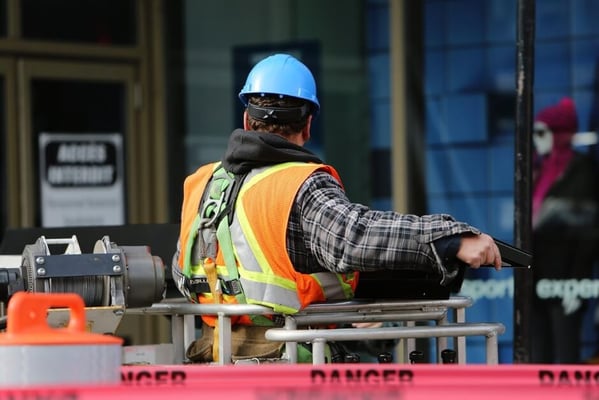
Safety in construction may seem like a daunting topic. Although, when you break it down, there are a few simple dos and don’ts of construction safety that will keep your team on the right track—productive, efficient, and more than anything else, as safe as possible. Here’s what you need to know to ensure your team is well prepared.
The Dos and Don’ts of Construction Safety
Do prioritize protective gear; don’t get complacent
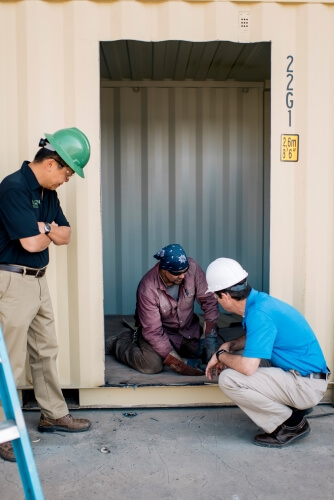 Let’s state the obvious, protective gear for workers is a pivotal component of safety in construction. Hard hats, safety glasses, safety vests, masks, hearing protection—the list goes on. And yet, these simple additions to a worksite often get overlooked. It can feel tedious for workers to put on all their gear each day, especially when they haven’t encountered a recent threatening situation. Regardless, it’s imperative that protective gear remains a priority for construction teams in case an unexpected and unfortunate event were to occur.
Let’s state the obvious, protective gear for workers is a pivotal component of safety in construction. Hard hats, safety glasses, safety vests, masks, hearing protection—the list goes on. And yet, these simple additions to a worksite often get overlooked. It can feel tedious for workers to put on all their gear each day, especially when they haven’t encountered a recent threatening situation. Regardless, it’s imperative that protective gear remains a priority for construction teams in case an unexpected and unfortunate event were to occur.
Do maintain the worksite; don’t let disorder create potential threats
There are a lot of moving pieces on a construction site. The pace of work is often fast, and individuals have their heads down working on smaller tasks that help the overall project. With the potential safety risks in a fast-paced and distracting environment, it’s imperative that the worksite is well maintained and organized. Keeping worksites tidy and incorporating proper signage helps minimize potential threats where tools, equipment, or materials could get in the way of workers safely completing their jobs.
Do establish onsite expectations; don’t let unsafe practices slide by
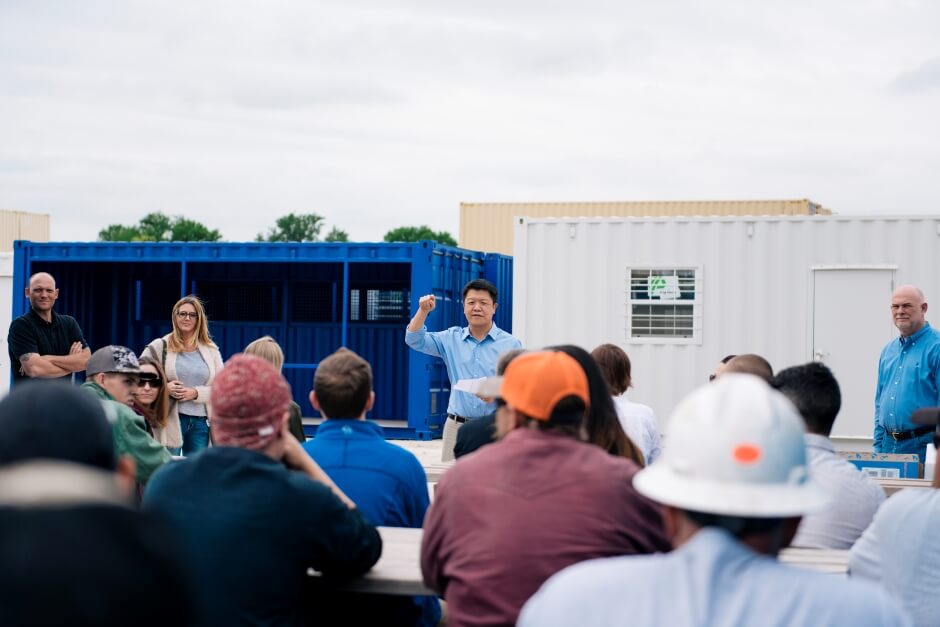
Well-known and frequently restated safety expectations are pivotal guidelines in construction site safety. Clear expectations create the consistency needed for workers to prioritize wearing protective gear and keeping the worksite well organized. Incentives often help. Show that those adhering to safety rules are doing the right thing. Instill accountability within each team via team leads. These practices can make all the difference in worker safety.
Do require frequent safety training; don’t assume safety knowledge
Some personnel have likely worked on construction sites before while others may have not. Additionally, the workers that have previous experience may have worked under expectations your company isn’t a fan of. It’s best to provide safety training and to provide it frequently. It’s never smart to assume knowledge; it’s always better to make knowledge easily accessible, especially when it comes to safety in construction.
Do inspect items regularly; don’t wait until things break or expire
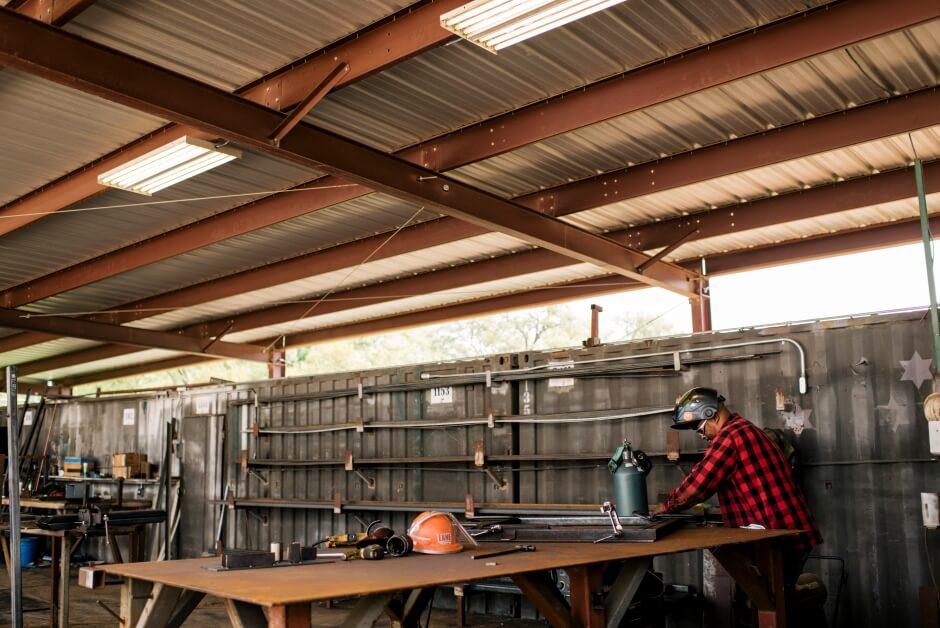
Part of creating a safe work environment means you must remain proactive. Don’t wait for tools, equipment, or protective gear to break or expire—experienced construction teams know things are likely to break when you need them the most! Instead, keep a detailed inventory of items. Stay up to date with your inspections to keep your teams ahead of the potential problems. Don’t let the items your workers use every day become a safety hazard.
Safety in Construction: Keep it Simple
Safety normally isn’t a problem until it’s staring you right in the face. That’s why preventative measures are vital to maintaining a safe work environment. Begin to think ahead about safety in construction. Keep it simple with well-maintained systems and get your team to buy in to safety practices. Remember, a well-equipped team is a better-prepared team, and although you can never avoid all risks, good practices help you avoid most of them.
About Falcon Structures
Falcon Structures is a market leader in modular, shipping container-based building. Since its founding in 2003, Falcon has committed to building a better world by pioneering the use of container-based structures. Falcon holds an ICC-ESR certification to repurpose AC462 compliant shipping containers into durable, mobile, and secure structures. Falcon products include climate-controlled storage, offices, living quarters, training facilities, industrial shelters, and code-compliant modules for container buildings.
SUBSCRIBE
- Shipping Container Modifications
- How-Tos
- Workspace
- Commercial Construction
- Multi-Container Buildings
- Storage Solutions
- Industrial Enclosures
- Bathrooms & Locker Rooms
- Oil & Gas
- Climate Control
- Green Building
- Living Space
- Industry Insight
- Military & Training Facilities
- Water Treatment Solutions
- Energy
THINK INSIDE THE BOX®
WITH OUR BLOG
Get everything from shipping container basics, to detailed how-tos and industry news in our weekly blog. Stay inspired and subscribe!
RELATED BLOGS
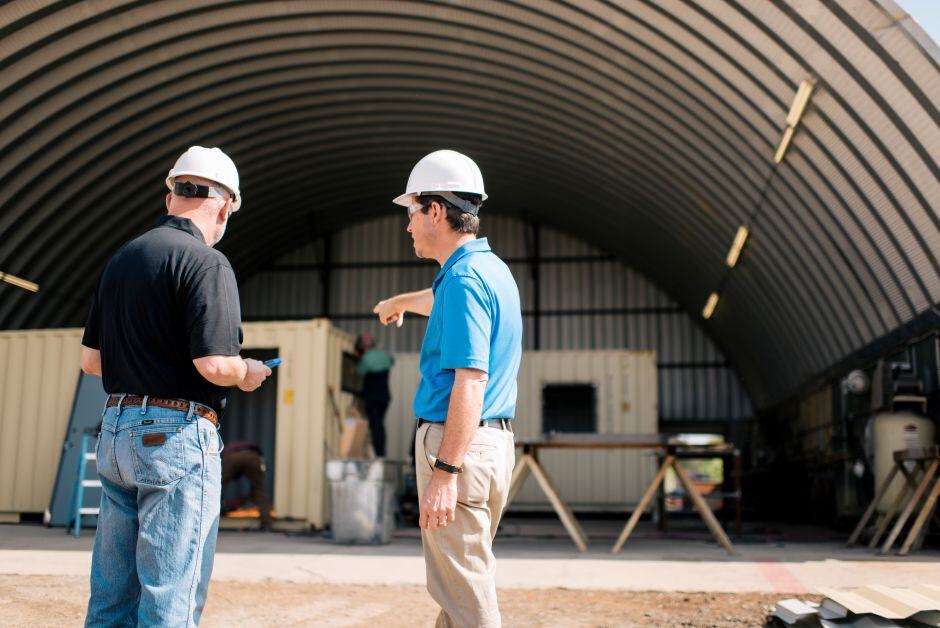
Building Better Workdays: Small-Footprint Modular Solutions for Harsh Jobsite Conditions
Stephen Shang | Apr 2, 2025 | 4 min read
READ MORE
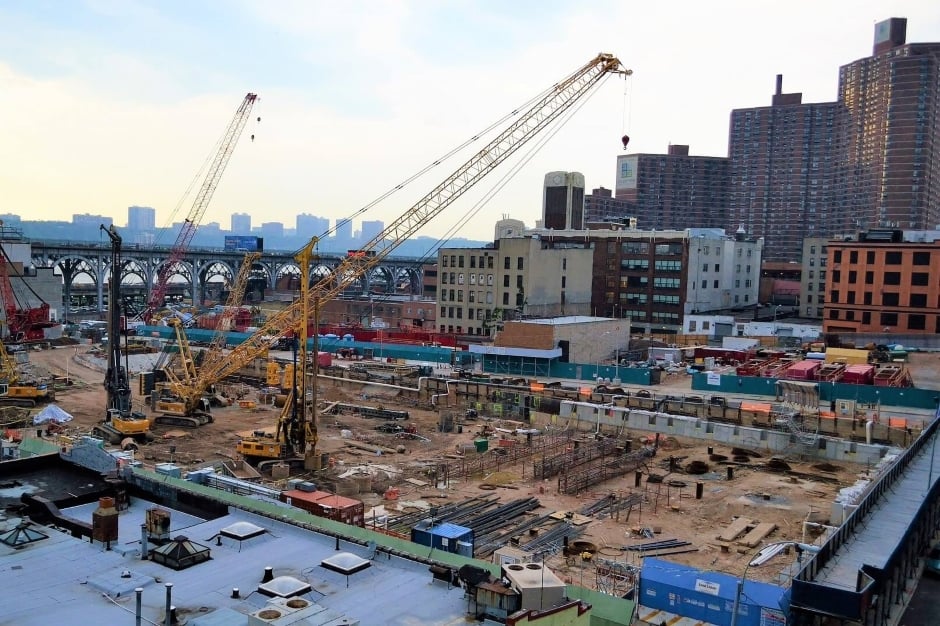
5 Factors That Separate Commercial vs. Industrial Construction
Marissa Morin | Jan 25, 2023 | 4 min read
READ MORE
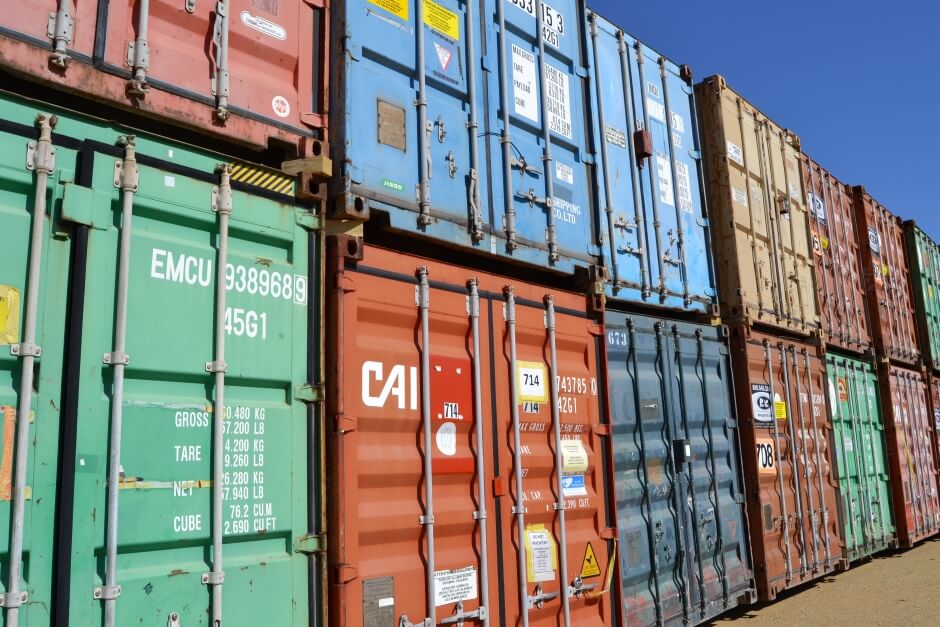
Could Shipping Containers Be a Solution to Affordable Teacher Housing?
Marissa Morin | Apr 19, 2023 | 3 min read
READ MORE
